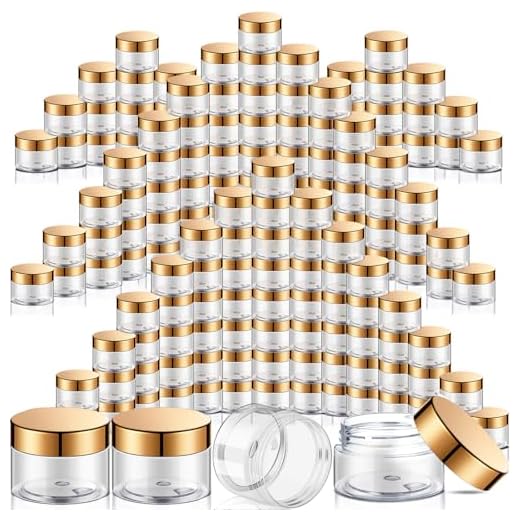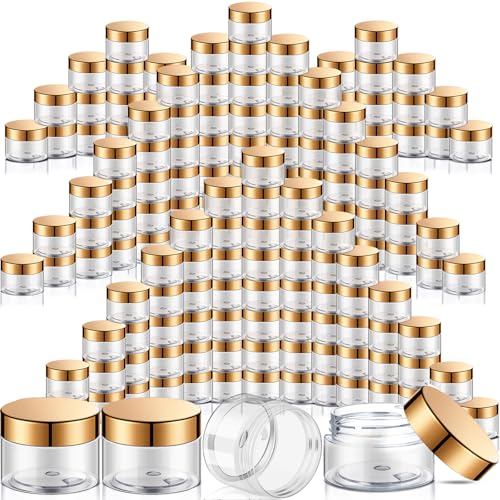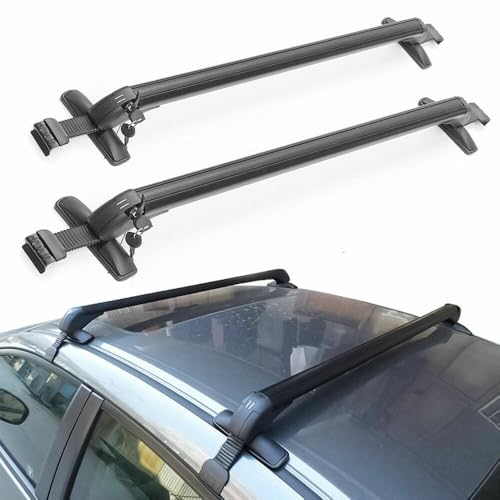







Recommendation: Store liquids and gels in containers no larger than 100 ml (3.4 oz) each and place all such containers together inside a single transparent resealable plastic bag with a maximum capacity of 1 litre; most airports permit one bag per passenger for security screening.
Solid personal-care items (pressed powder, bar soap, solid deodorant, lipstick) are allowed without volume restriction. Aerosols and pressurised spray containers are subject to additional airline and country restrictions; rechargeable aerosol-style devices may require airline approval. Medical liquids, infant formula and special-diet foods may exceed the 100 ml limit if accompanied by documentation or if declared at the checkpoint.
At security checkpoints remove the resealable bag from the main carry-on for X-ray inspection unless signage indicates otherwise; all bottles must be clearly visible and fit fully inside the bag with the seal closed. Items exceeding the permitted volume will be required to be placed in checked baggage or surrendered; receipts and original tamper-evident seals for duty-free purchases speed processing.
Regulatory alignment exists across EU, UK and US standards (100 ml / 3.4 oz per container; 1 litre clear bag), but specific carrier or country rules vary. Verify departure airport and airline guidance 24–72 hours before travel, keep prescription labels for medical liquids, and pack high-value toiletries in carry-on to reduce risk of loss.
Which liquid and gel beauty products must fit the 100 ml and 1 L clear-bag rule
Pack liquids and gels into containers with a maximum capacity of 100 ml and place all containers together inside one transparent resealable bag with a total volume of 1 litre for carry-on screening.
- Liquid and gel categories that must fit the 100 ml / 1 L restriction:
- Lotions, creams and facial moisturizers (including BB/CC creams and liquid foundations in pump or bottle form)
- Liquid sunscreens and after-sun gels
- Shampoo, conditioner and liquid shower gels
- Hair serums, hair oils and styling gels
- Liquid makeup removers and micellar water
- Mascara, liquid eyeliners and lip gloss (treated as liquids/gels)
- Liquid concealers in tube or bottle form
- Perfumes, colognes and body sprays (unless duty-free sealed as described below)
- Deodorant sprays and shaving foams/gels (aerosols count if capacity ≤100 ml)
- Nail polish and nail polish remover (acetone-based liquids)
- Toothpaste, mouthwash and other oral-care liquids/gels
- Contact lens solution and liquid treatments
- Food-like substances carried for personal consumption (honey, jam, yogurt) – treated as liquids/gels
- Items normally exempt from the 100 ml limit:
- Prescription medicines in larger amounts – present separately and show prescription or letter from a clinician at security
- Baby milk, formula, sterilized water and baby food needed for the journey – declare at screening and present for inspection
- Duty-free purchases over 100 ml: must be handed over in a tamper-evident sealed bag (TESS) with the receipt visible; keep the bag sealed until final destination or follow transfer airport rules
- Practical rules and precise details:
- Container capacity matters, not fill level – even a partly filled 150 ml bottle is not allowed in the 1 L cabin bag
- Refillable travel bottles are permitted so long as their marked capacity is ≤100 ml
- Typical 1 L resealable bag dimensions are roughly 20 x 20 cm (7.8 x 7.8 in); many airports enforce that physical size rather than the stated volume
- Solid-format items (bar soap, solid shampoo bars, stick deodorants, solid lipstick) are exempt from the liquid rule
- Aerosols must be personal use, non-dangerous and show capacity ≤100 ml; some carriers restrict aerosols further – check the airline for extra limits
- Separate the clear bag for inspection to speed up screening; keep prescriptions, baby supplies and duty-free receipts accessible
- Transfer bulk products into clearly marked 100 ml travel bottles to avoid disposing of full-size items at security
For articles that don’t belong inside the clear bag (bulky umbrellas, travel-sized tools, etc.), store in checked baggage or the main compartment of the carry-on; for compact umbrella recommendations see best small umbrella singapore.
Packing creams, aerosols and solid beauty items for airport security
Use food-grade, screw-top plastic jars for creams; transfer with a small spatula, label each jar with product name and open date, and leave roughly 10–20% headspace to accommodate pressure changes during flight.
For aerosols, fit nozzle caps tightly, wrap the actuator with low-stretch tape and add the original cap where possible; place cans upright inside a rigid case or padded compartment to prevent crushing, and avoid dented or corroded containers.
Choose solid formats (soap bars, shampoo bars, solid deodorants, balm sticks) where possible and store them in a metal tin or hard plastic box; solids rarely trigger fluid-related screening and eliminate spill risk.
Prevent leaks by applying a layer of cling film or Parafilm between jar rim and lid before screwing closed, then seal the outside threads with tape. Place all containers into a secondary sealed pouch with an absorbent pad or folded paper towel to capture any release.
Decant only into clean, dedicated travel vessels; do not mix products in one jar. Clean utensils between transfers, keep jars dry, and discard natural formulations once rancid or after manufacturer-recommended period (common range: 3–6 months after opening).
Pack glass jars wrapped in clothing and positioned centrally among soft items to cushion impact. Put heavier containers near the base of the carry bag to avoid crushing lighter items and to stabilize the pack during handling.
Keep medicated creams and aerosols in original packaging with prescription or medical notes readily available for inspection. Check product safety data for flammable or pressurized restrictions before departure and comply with airline or departure/arrival country prohibitions.
Prescription topical medications, baby toiletries and medical exceptions
Store prescription topical treatments in their original, pharmacy‑labelled containers and carry a printed prescription or doctor’s letter listing generic names, dosage schedules and diagnosis; place those items in a clearly accessible pouch and present them separately during security screening.
Medically necessary liquids, gels and aerosols are exempt from the 100 ml / 3.4 fl oz and 1 L clear‑bag restriction at most checkpoints; declare such items before screening. Expect X‑ray inspection, possible opening for visual check and chemical swabbing; refusal to declare may lead to confiscation or delay.
Temperature‑sensitive preparations should travel in an insulated cooler with frozen gel packs that are still solid at the checkpoint; include a physician’s note stating required storage temperature and a battery‑powered or digital thermometer. If gel packs are slushy at screening they will be treated as liquids and may require extra inspection.
Injectable medications and syringes are permitted when prescribed; pack needles and syringes in a rigid sharps case, keep medication vials in original packaging and carry prescription labels and a doctor’s letter. Expect visual inspection of syringes; declare syringes at the checkpoint to avoid delays. For controlled substances, obtain written permission or import permits where required by the destination country.
Baby formula, breast milk, sterilized water and baby food are allowed in quantities exceeding 100 ml for flights but must be declared and presented separately for inspection; solid baby items do not fall under the liquid limit. Powdered formula or other powder‑like substances over 350 ml (12 oz) may require additional screening or testing.
Breast pumps–manual and electric–are permitted in cabin baggage; removable batteries and spare lithium cells should follow airline battery rules (carry spares in carry‑on with terminals protected). Sterile feeding supplies and pre‑measured formula packets should be kept accessible for inspection.
Carry multiple forms of documentation: original prescription labels, pharmacy printouts, a physician’s letter in English (or translated copy), and a compact medication list with generic names and dosages. Store digital backups of prescriptions and photos of labelled containers; for gear used to document items see best digital camera ever made.
Before international departures, verify destination and transit country restrictions on specific active ingredients (narcotics, stimulants, pseudoephedrine, certain stimulants in topical preparations) and obtain required import permits. Airlines sometimes have stricter rules than airports; confirm with the carrier at least 72 hours prior to departure.
At the checkpoint: declare medical items, present documentation, keep medications separate from other belongings and comply with requests for opening or testing. Pack a small, clearly labelled travel kit for inflight needs so medical items remain accessible during delays or diversions.
How duty-free liquids, connecting flights and airline-specific limits affect carry-on
Keep duty-free liquids sealed inside a Security Tamper‑Evident Bag (STEB) with the original receipt visible; if itinerary includes a security re‑screening point that enforces the 100 ml rule, move those purchases to checked baggage or decant into approved ≤100 ml containers before the next checkpoint.
Transit through the United States: TSA permits duty‑free liquids above 100 ml in cabin when presented in an unopened STEB with a purchase receipt dated within 48 hours. Transit through other countries may not accept STEBs after a transfer security check – confirm the transit airport’s policy before relying on duty‑free packaging.
Airline cabin restrictions vary by carrier: typical dimension limits range from about 55×40×20–25 cm and weight allowances commonly fall between 7–12 kg per bag; some low‑cost carriers restrict cabin pieces to a single small bag. Gate‑checking due to oversized or overweight cabin items will move personal care products into the hold, eliminating cabin access but avoiding security seizure for oversize liquids.
Aerosols and pressurised personal care products are subject to both airline and dangerous‑goods rules. Many carriers accept small personal aerosols in cabin only; larger pressurised items should be placed in checked baggage or left at purchase if prohibited. For volatile or flammable formulations, consult the carrier’s dangerous‑goods guidance before boarding.
Practical checklist: (1) request an STEB and retain the paper receipt; (2) verify whether any scheduled transfer requires re‑screening and whether that airport accepts STEBs; (3) check carrier cabin dimension, weight and aerosol restrictions for each flight segment; (4) photograph receipts and labels, keep products sealed until final destination, or pack them in checked baggage when doubt exists.







